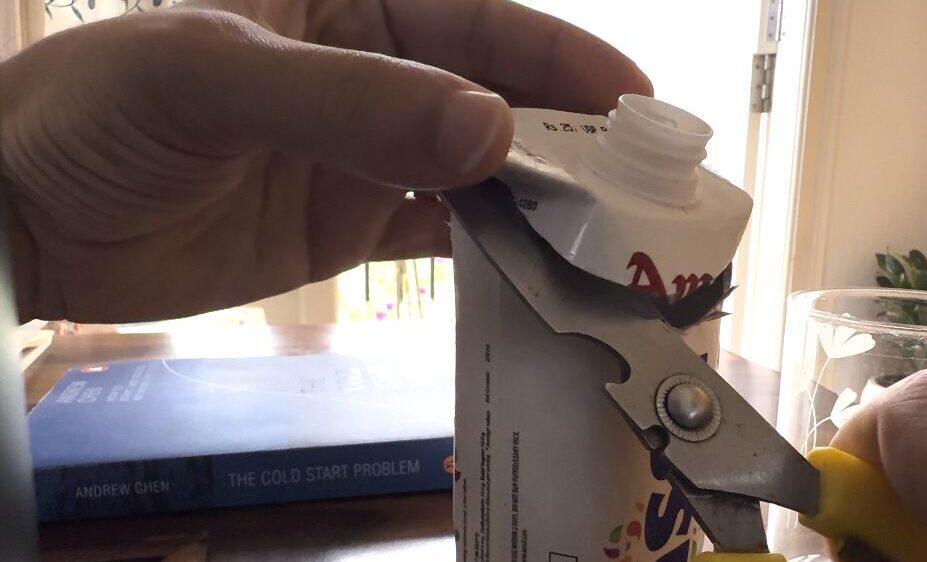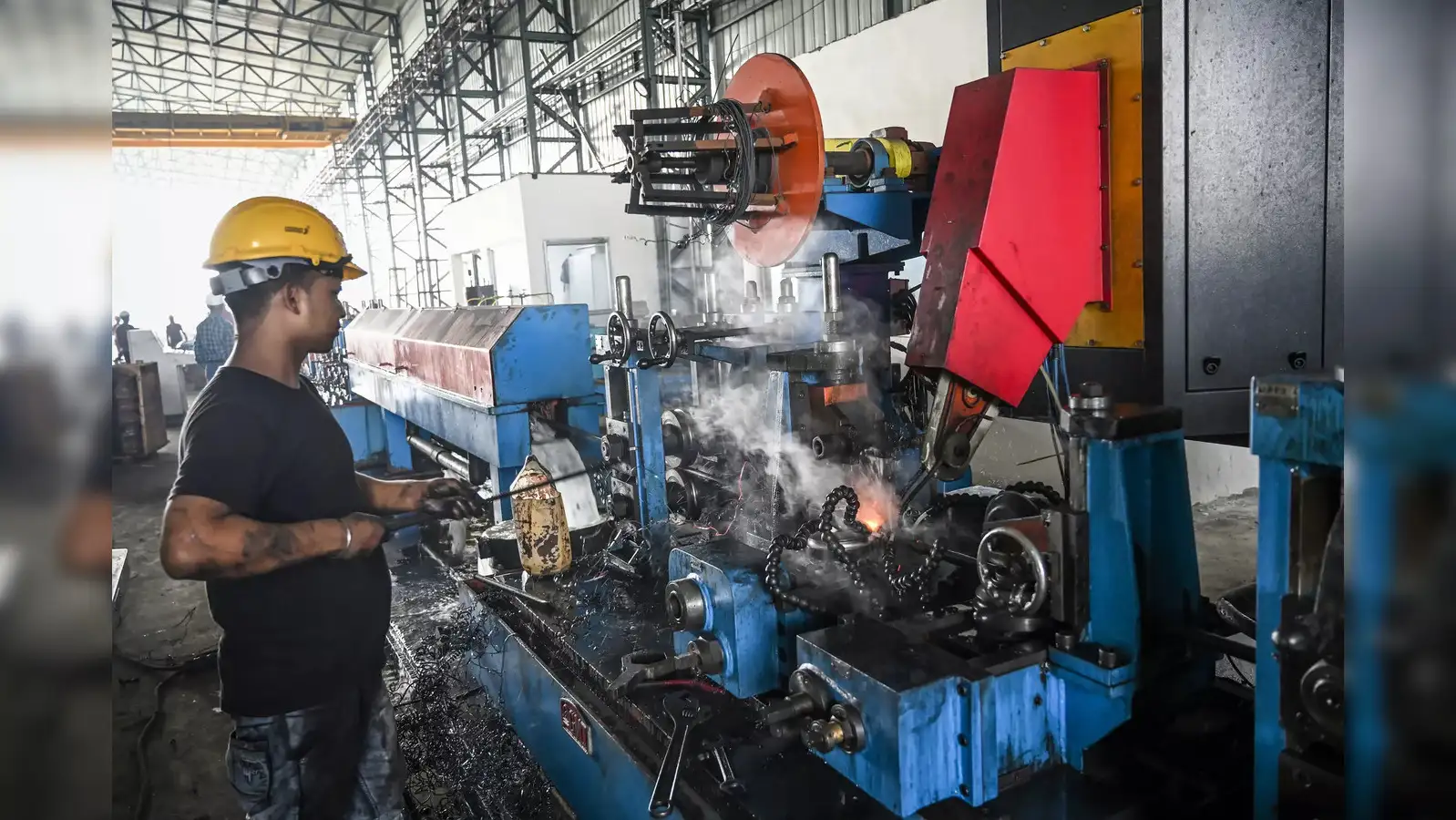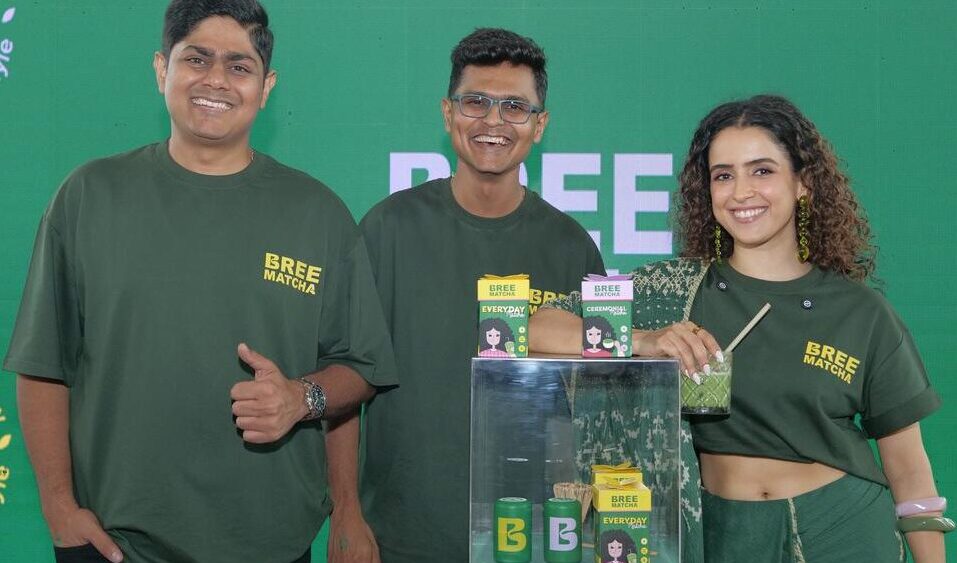Ever battled with faulty tetra pack design, shaking it till your arms ached, only to realise that last bit of lassi still won’t come out?
You’re not alone.
Akshay Pathak, a product manager, recently had the eye-opening thought that has since raised eyebrows in India’s FMCG and packaging communities. His interest was piqued by a seemingly mundane phenomenon: the recalcitrant last few millilitres of lassi that simply refuse to leave a 250ml tetra pack, no matter how hard you shake, squeeze, or rock.
But what began as a personal annoyance soon turned into a data-backed packaging revelation.
The Tetra Pack Design Flaw No One Talks About
Pathal points out a subtle yet significant design flaw present in most bottle-cap style tetra packs. His mini-investigation revealed:
- The nozzle isn’t placed flush with the base, so the last bit of liquid can’t flow out.
- Inner folds and crevices inside the pack trap leftover liquid.
- Shaking or squeezing barely helps the design itself works against full usage.
To confirm this, he took the initiative to cut open five packs of Amul’s popular lassi tetra packs. The result? An average of 5 ml of liquid remained in each 250 ml pack. That’s 2% of the product, a seemingly small number, until you zoom out.

Doing the Math: From Drops to Crores
Let’s walk through the numbers Pathal estimated:
- India’s urban population is roughly 49 crore (35% of 1.4 billion).
- Amul has a stronghold in Indian dairy with an assumed 40% market reach in urban areas → ~20 crore consumers.
- If just 10% of them regularly buy Amul’s lassi, that’s around 2 crore daily or weekly buyers.
- Assuming an average consumption of 1 pack every 5 days, that equals 0.2 packs per person per day.
- Daily sales = 2 crore × 0.2 = 40 lakh lassi packs.
Now consider the 5 ml waste per pack:
40 lakh packs × 5 ml = 20,000 litres wasted daily.
Monetary loss?
A 250 ml pack priced at ₹25 means ₹0.1 per ml.
20,000 litres = ₹20 lakh lost every day.
Annualised? ₹20 lakh × 365 = ₹73 crore.
That’s ₹73 crore worth of good lassi going straight into the trash each year, without ever leaving the pack.
More Than Just Money: A Loss of Trust & Sustainability
What makes Pathak’s post resonate is that he isn’t just pointing fingers at Amul. He rightly notes that this is a wider industry challenge, one that affects every brand using similar bottle-cap tetra packs for juices, milkshakes, dairy drinks, ORS, and more.
The implications go beyond financial waste:
- Customer frustration can chip away at brand loyalty.
- Product loss on such a large scale raises sustainability concerns.
- Packaging inefficiency undermines efforts toward circular economy goals.
Pathak’s closing question is simple but profound:
“Can we rethink packaging so that every drop counts?”
The Opportunity for Brands & Designers
This opens up a conversation between FMCG companies, industrial designers, and packaging technologists. Can nozzles be repositioned? Can inner edges be restructured to allow better flow? Can soft packs or inverted caps work better?
India is home to a booming packaging sector. With rising awareness of environmental impact and unit economics, the next wave of innovation might well begin at the bottom of a lassi pack.
Final Thoughts
Pathak’s post may have started with a stubborn drop of lassi, but its real message is about the blind spots in everyday product design. In the race for cost efficiency and mass production, usability often takes a back seat. But now, with ₹73 crore worth of reason, there’s a compelling case to bring it back into focus.
It’s a reminder to the industry: sometimes, the smallest design flaws lead to the biggest losses.
Also Read: When Influencers Fake It: How Mystery Became the New Marketing
























